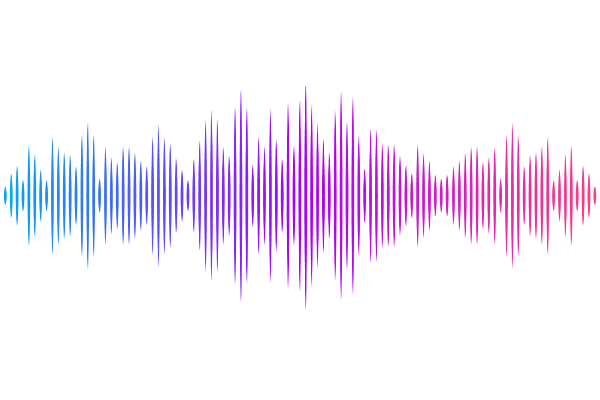Large-Scale Motor Dynamics Associated with Reaching are Altered in Essential Tremor

Large-Scale Motor Dynamics Associated with Reaching are Altered in Essential Tremor
West, T.; Steidel, K.; Flessner, T.; Calvano, A.; Kucukahmetler, D.; Stam, M.; Spedden, M.; Wahl, B.; Jousmaki, V.; Eraifej, J.; Oswal, A.; Saifee, T.; Barnes, G.; Farmer, S.; Pedrosa, D.; Cagnan, H.
AbstractIntroduction: Essential Tremor (ET) is a common neurological disorder identified by involuntary rhythmic movements stemming from pathological synchronization within a network that overlaps significantly with the normal motor circuit. The efficacy of therapeutic brain stimulation for ET is impeded by a limited understanding of how tremor-related synchronization affects brain circuits and disrupts normal sensorimotor processing. This paper details the changes in brain-wide synchronization associated with ET and connects these to the oscillatory dynamics during voluntary movements. Methods: We used high-density electroencephalography (EEG, 11 controls, 12 patients), and for the first time in ET patients, optically pumped magnetoencephalography (OPM, 5 controls, 4 patients) to record brain activity during upper limb reaching. We localized and analysed brain sources that synchronize with pathological tremors, studying motor oscillations in these regions. Using a novel dimensionality reduction approach, we identified a set of simple, latent circuits with specific frequency characteristics and analysed their relationship to kinematics and tremor. Results: Despite slight reductions in velocity, ET patients demonstrated reaching movements with kinematics comparable to controls. Notably, key motor areas - including the supplementary motor area, lateral prefrontal cortex, posterior parietal cortex, and motor cerebellum - were synchronized to tremor frequencies. Motor oscillations were significantly changed in patients with ET relative to controls, including a 15% increase in movement responsive desynchronization in the low beta (14-21 Hz) band which inversely correlated with tremor severity. Oscillations in the beta and theta bands were key predictors of patients\' overall tremor levels. Latent state analysis in EEG and OPM data located these changes to fronto-parietal and premotor/prefrontal circuits. High tremor trials were associated with diminished post-movement beta rebound in frontoparietal and premotor circuits and an increase in sensorimotor gamma activity (30-60 Hz). Latent dynamics were predictive of changes in patients\' movement velocity and hold stability, suggesting that increased movement related beta desynchronization may reflect a compensatory mechanism in the brain. Conclusions: This study demonstrates that ET leads to significant changes in the oscillatory dynamics within individual motor regions and broader networks. Specifically, we suggest that increased desynchronization of networks in ET enables successful execution of movement, by freeing neural resources otherwise entrained by pathological synchronization at tremor frequencies. Our findings, reproducible across both EEG and OPM recordings, underline how motor-related brain signals can predict subject level tremor severity and offer a new set of candidate biomarkers crucial for developing advanced closed-loop stimulation therapies for ET.